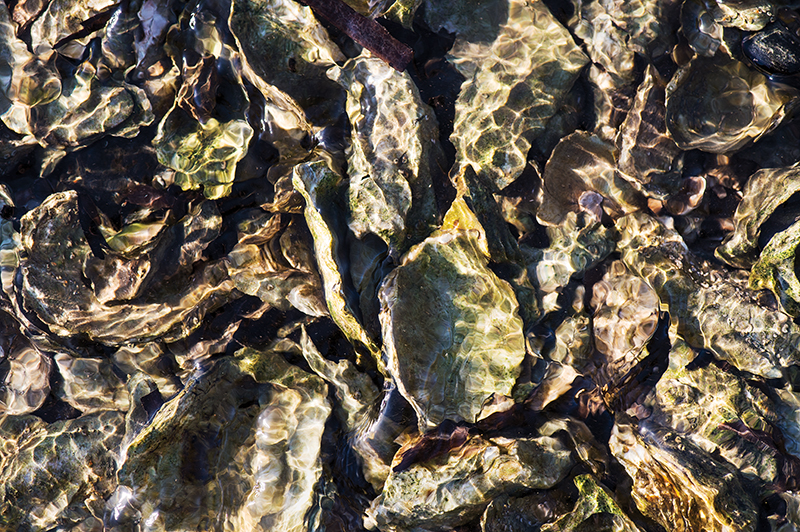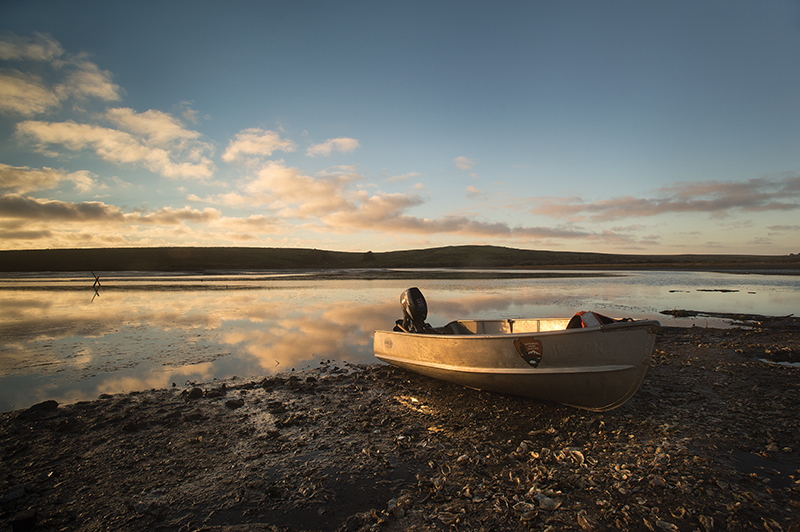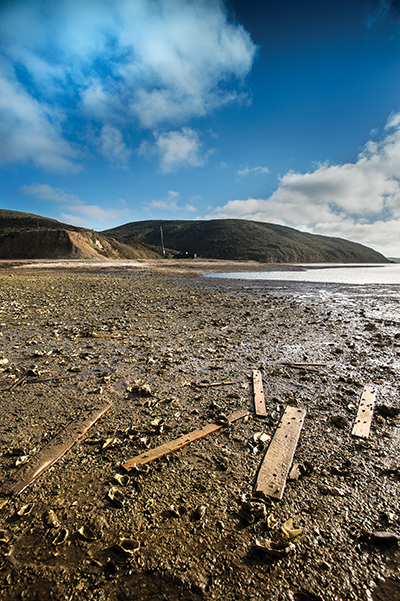
FOR THE FIRST time since the 1930s, Drakes Estero is void of business — and shellfish. On January 1, the U.S. National Park Service — in response to the U.S. Supreme Court’s decision not to hear Drakes Bay Oyster Company’s (DBOC) appeal last June — began a hasty review of the area, clearing 37,000 pounds of remaining live shellfish and affiliated growing materials. The oysters were disposed of, according to Melanie Gunn of NPS, who adds that the park consulted the U.S. Health Services and California Department of Health before taking action. NPS has offered leftover shells to Point Blue (formerly Point Reyes Bird Observatory) for future environmental use; DBOC was the last oyster cannery in the state and consistently donated its excess discarded shells to local habitat restoration groups, as well as to the San Francisco Bay Living Shorelines Project (the shells were used to create a reef that encourages new oyster growth). Former DBOC co-owners Kevin, Bob and Joe Lunny have partnered with Tomales Bay Resort to open a shellfish restaurant, with plans to employ many of the workers who lost jobs after DBOC’s closure. The workers who continue to live at the estero were given 90 days to relocate and most should be out by next month; their homes, the only remaining structures, will be removed thereafter. Visitors to the site of the former oyster farm will notice a change of sign as well as scenery: the park-sanctioned marker now reads simply “Drakes Estero.” “Drakes Estero offers a rare experience of marine wilderness,” says Gunn. “We invite the public to come and enjoy the estero, whether on the water or shoreline.” Appropriately, the shoreline is still decorated with discarded oyster shells, one of the few remaining signs of the businesses that operated there for nearly a century.

This article originally appeared in Marin Magazine’s print edition under the headline: “All Shells Shucked“.



